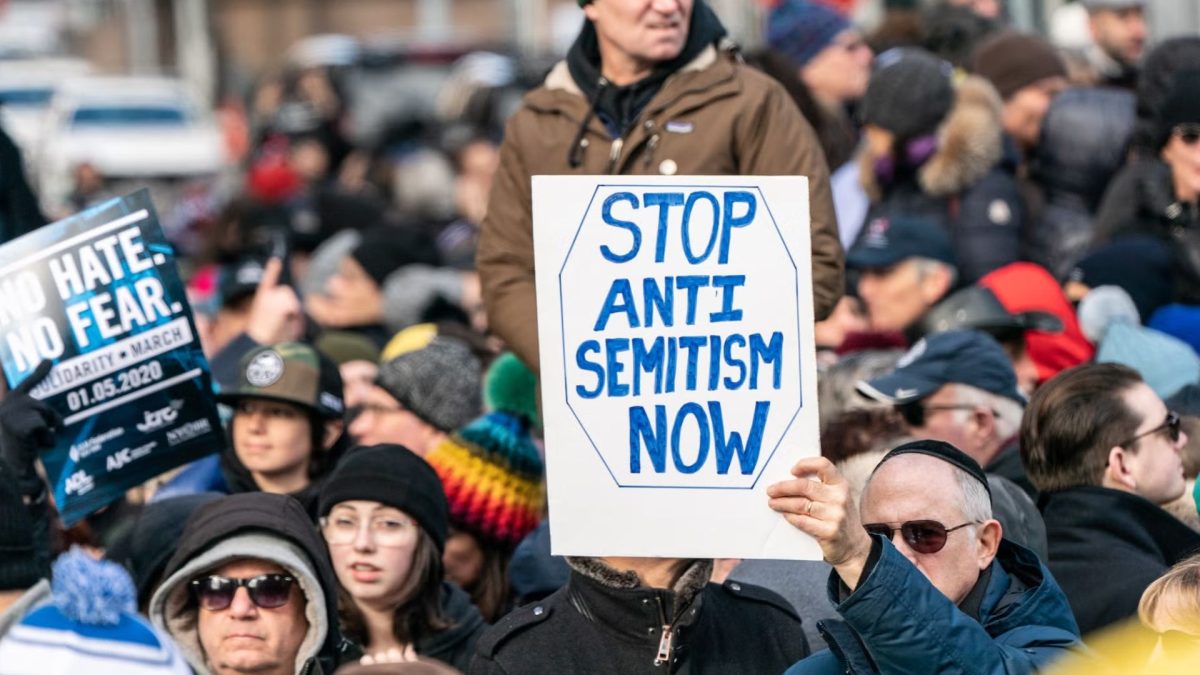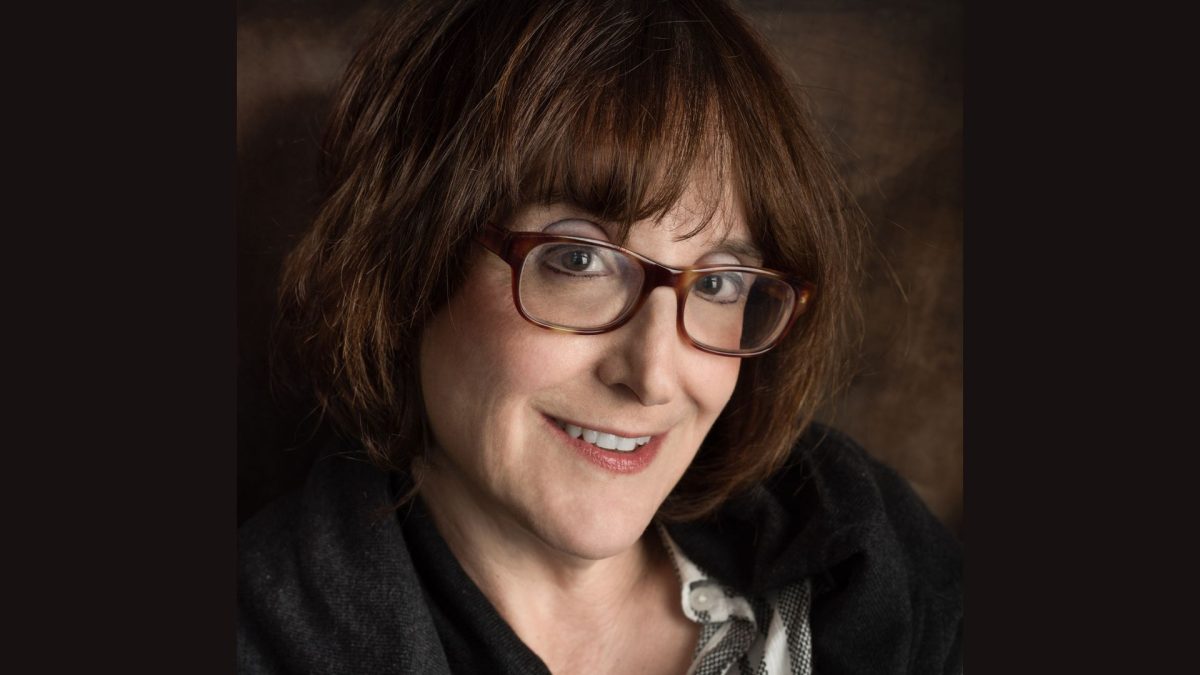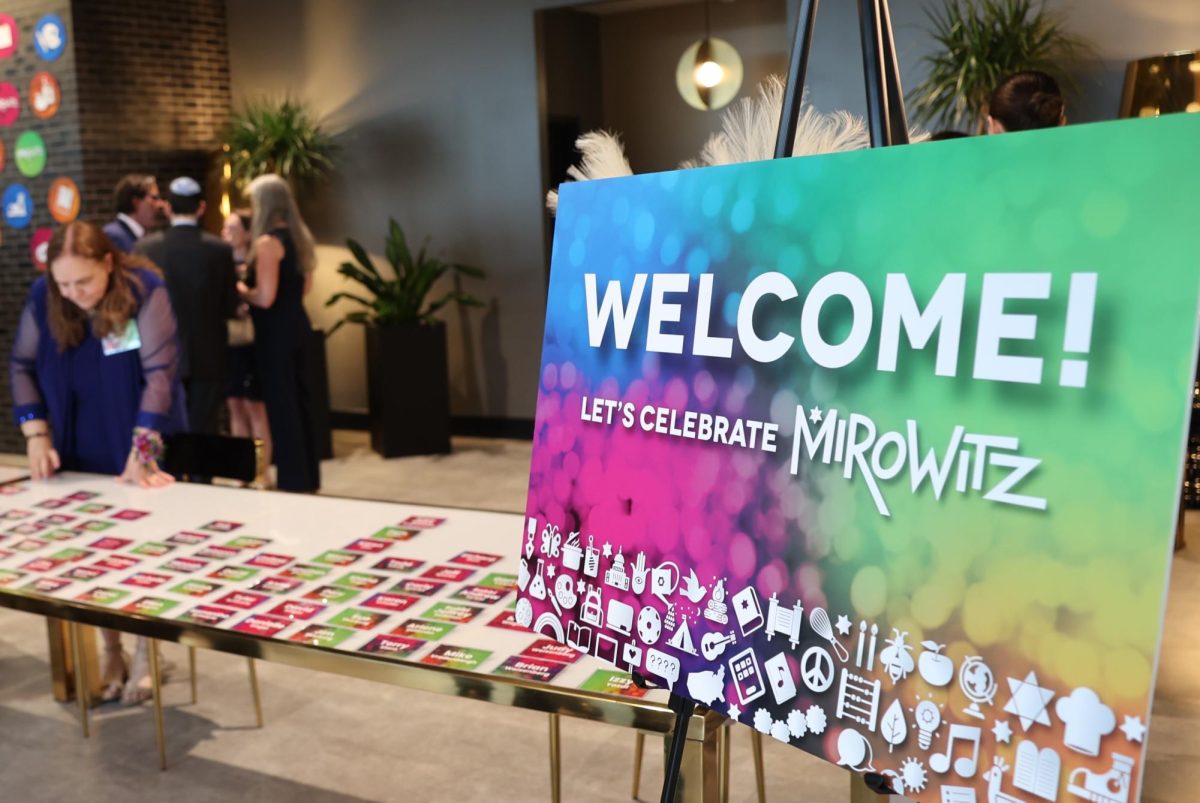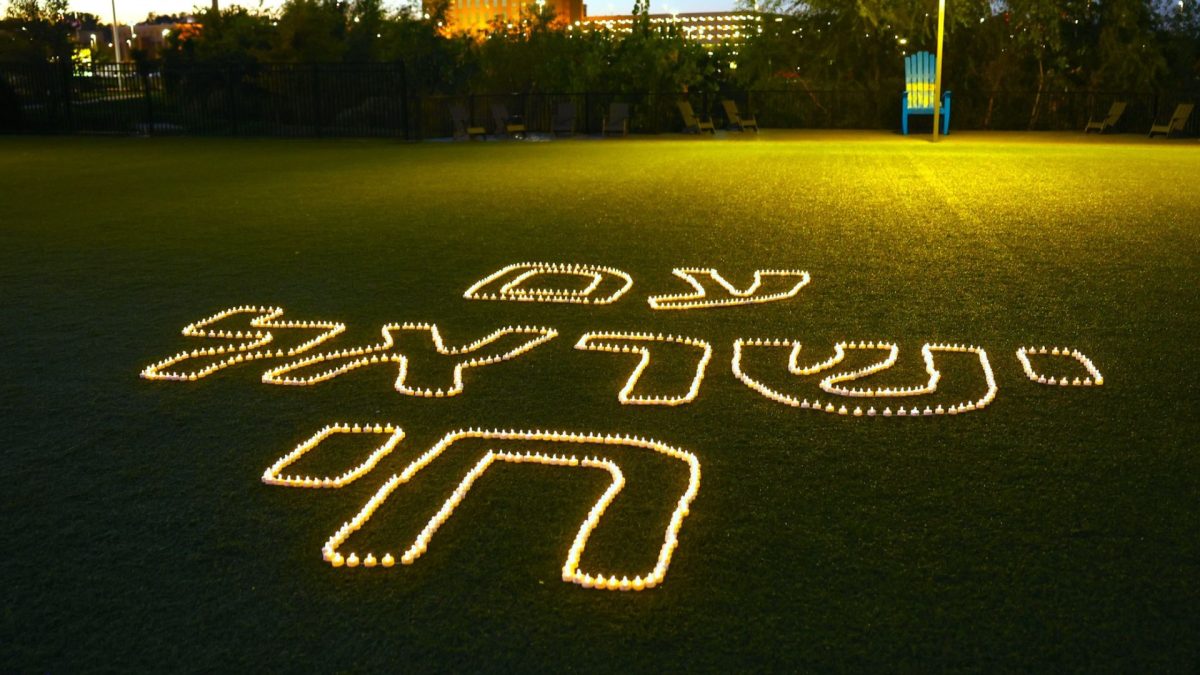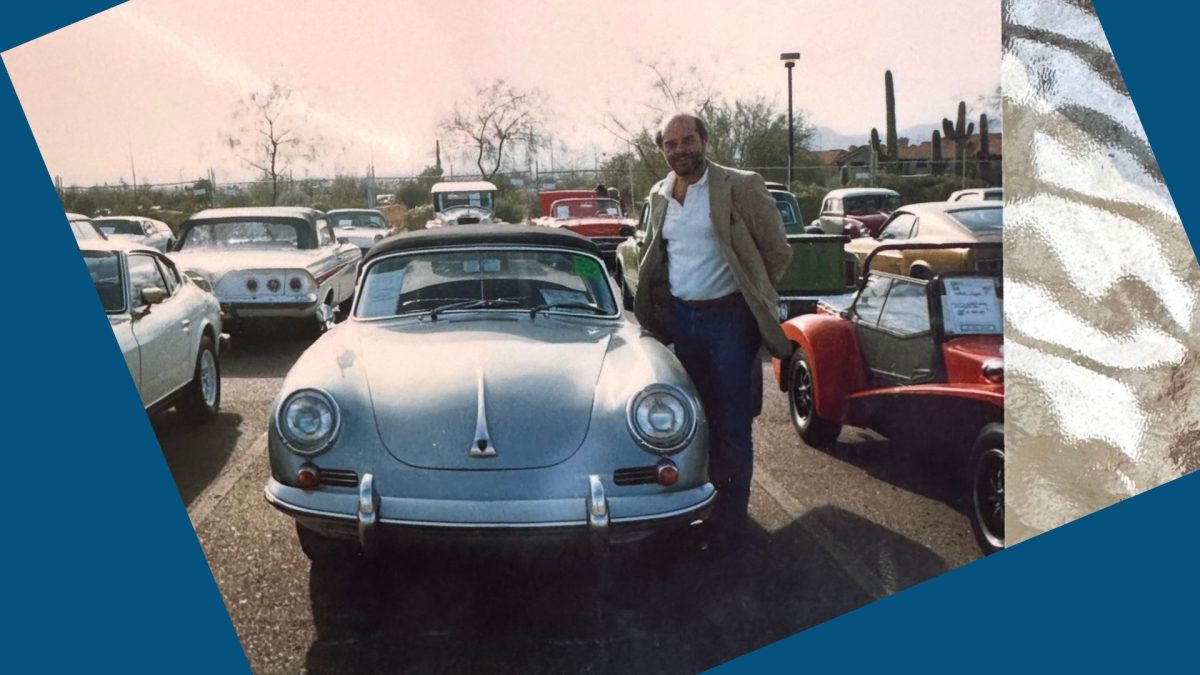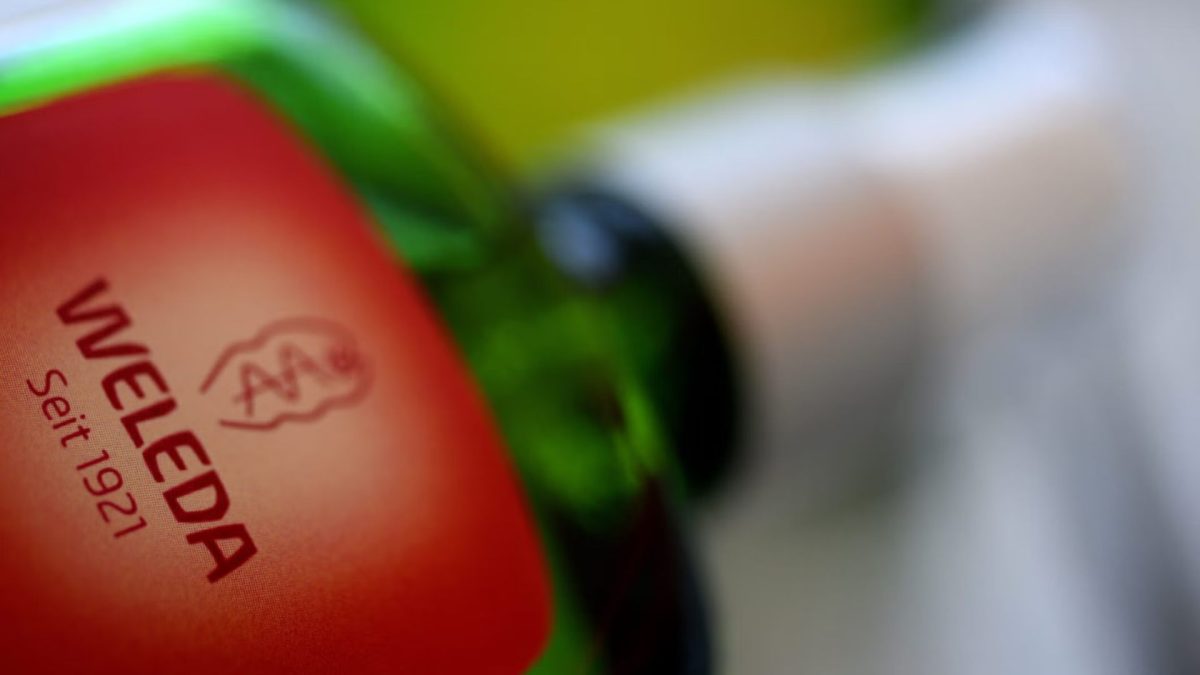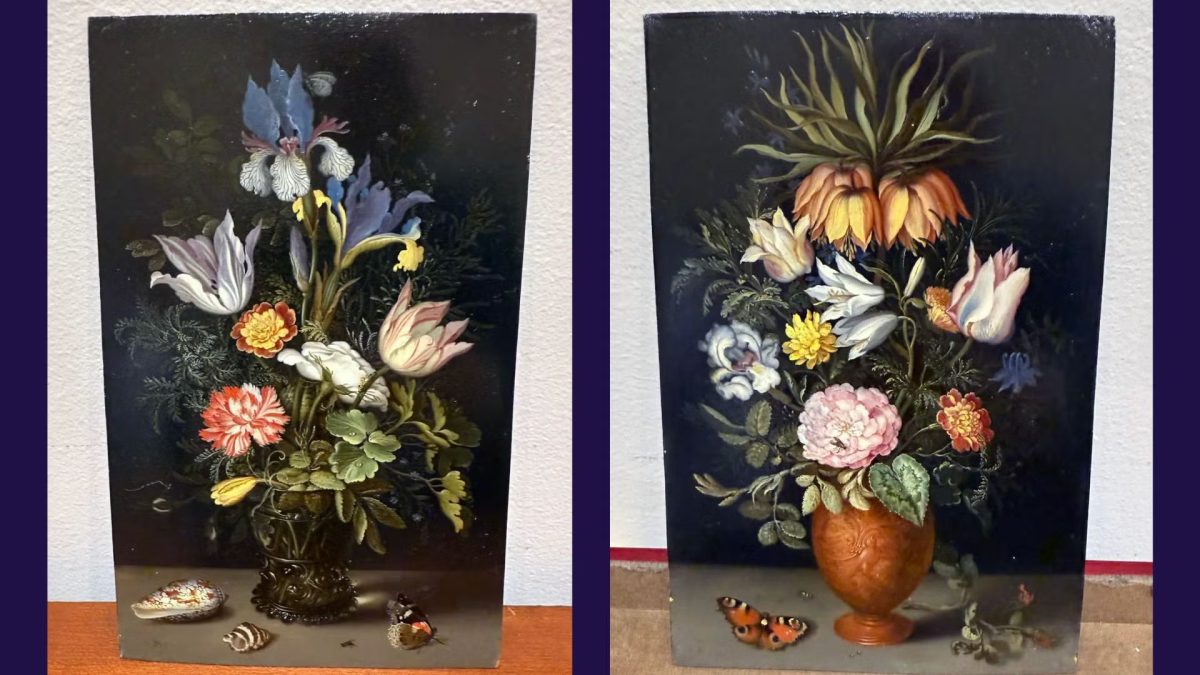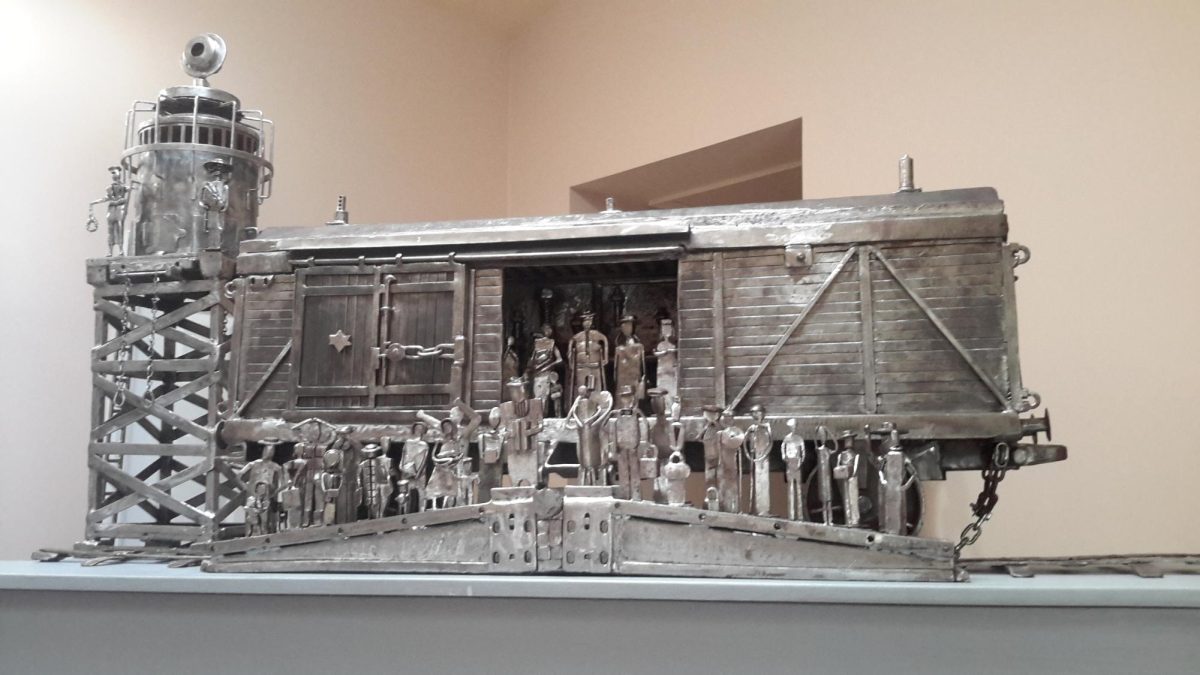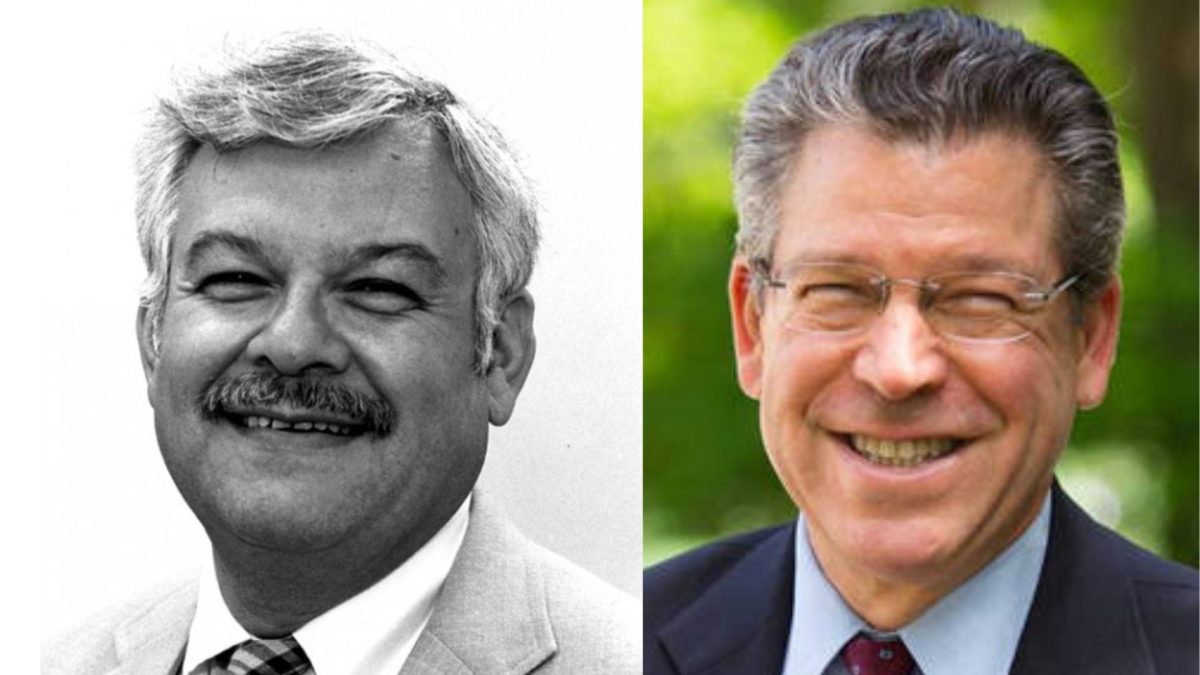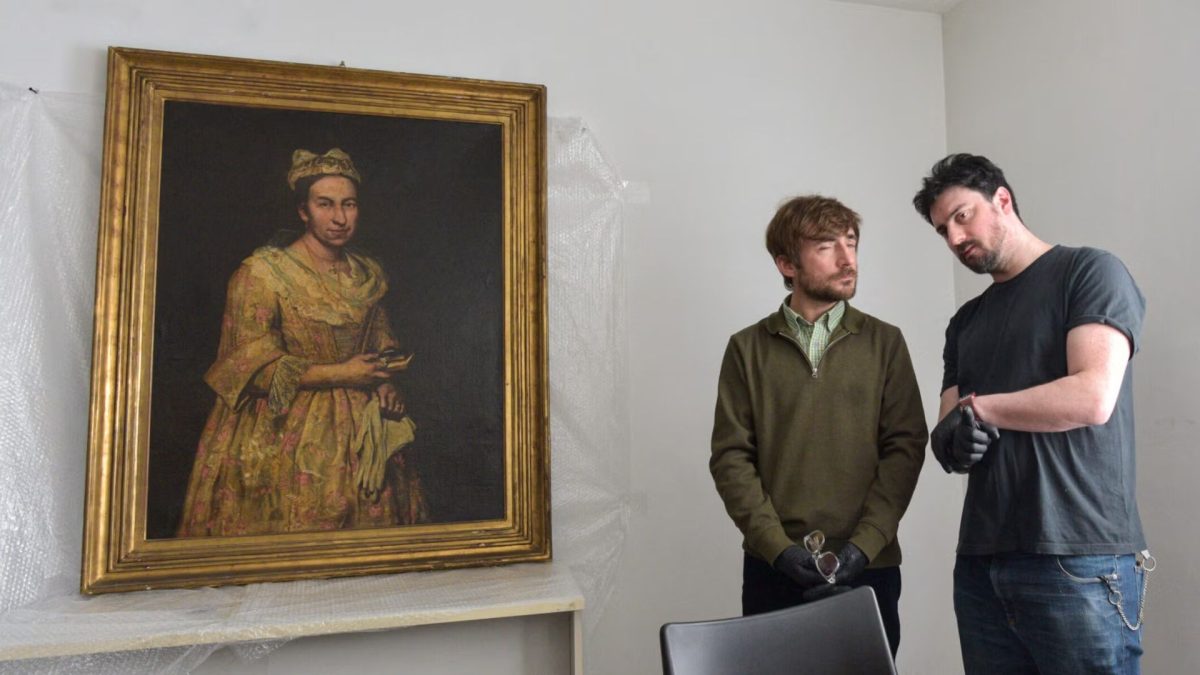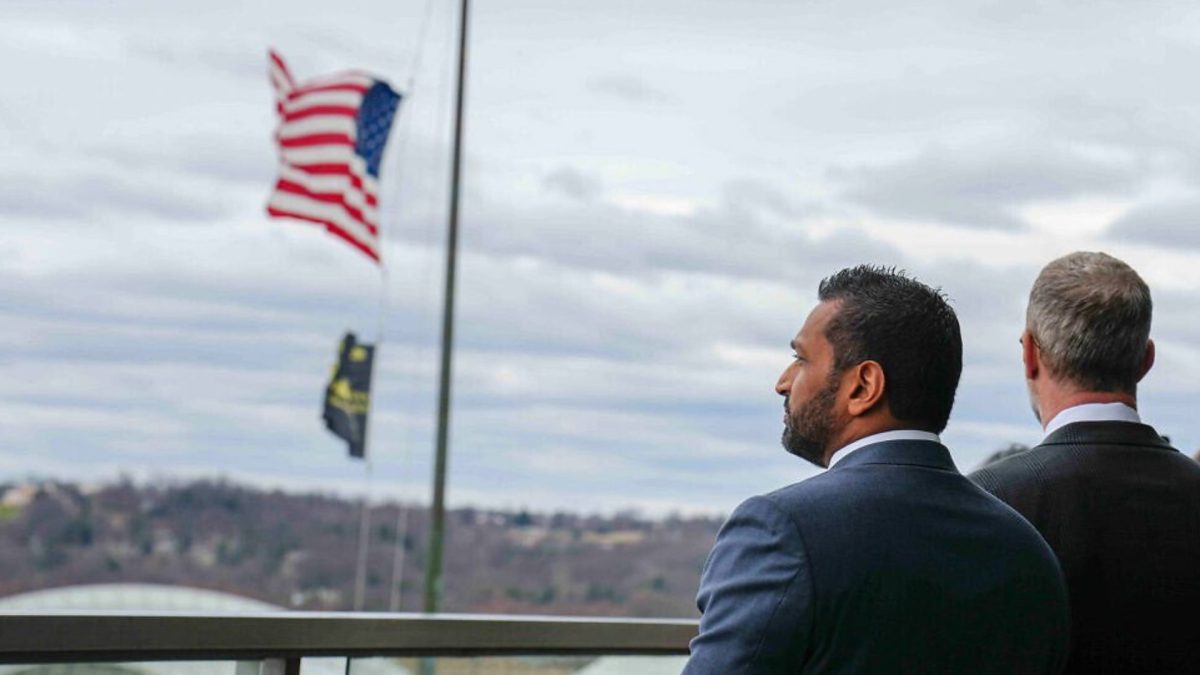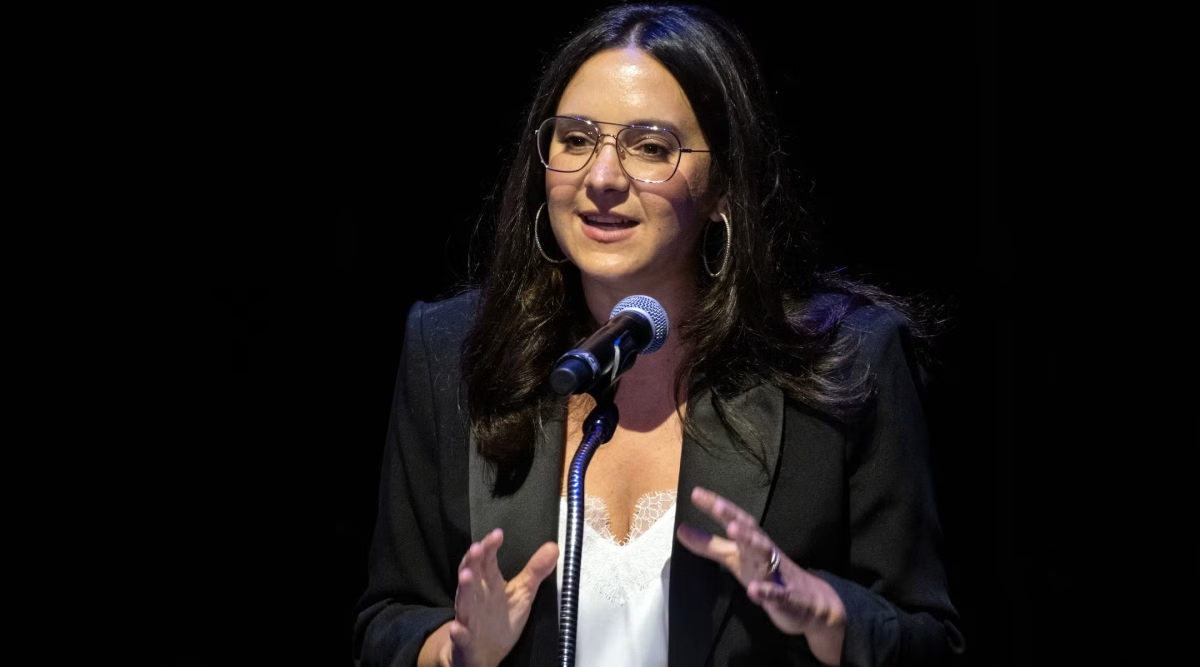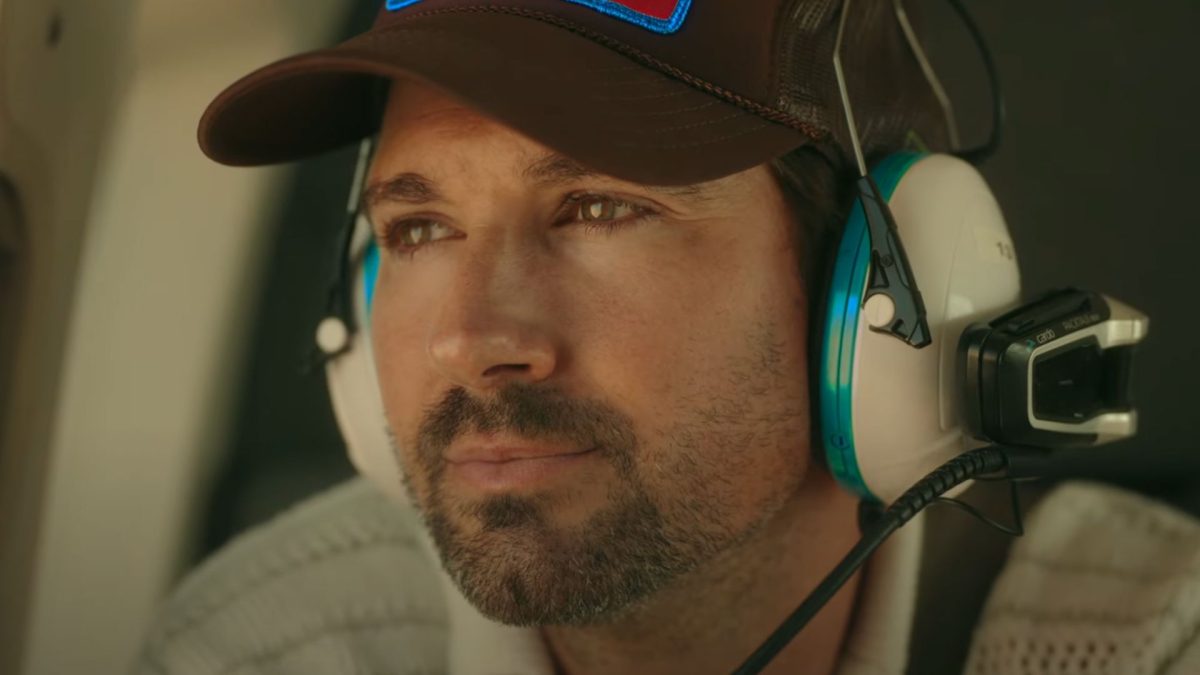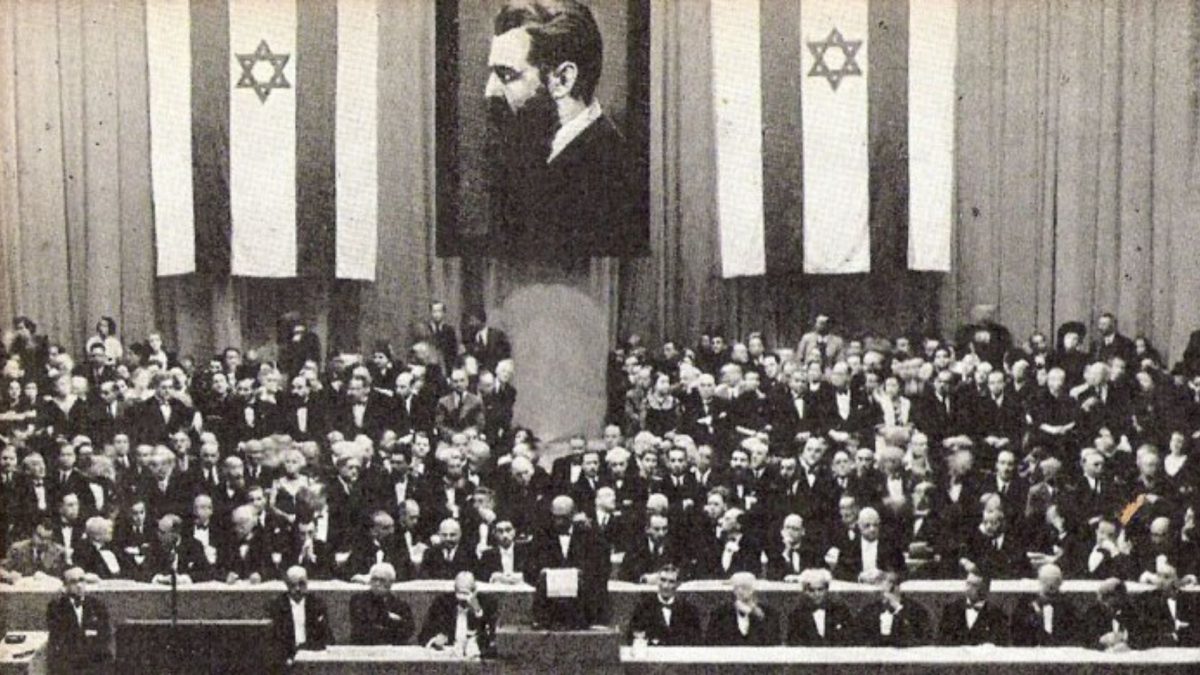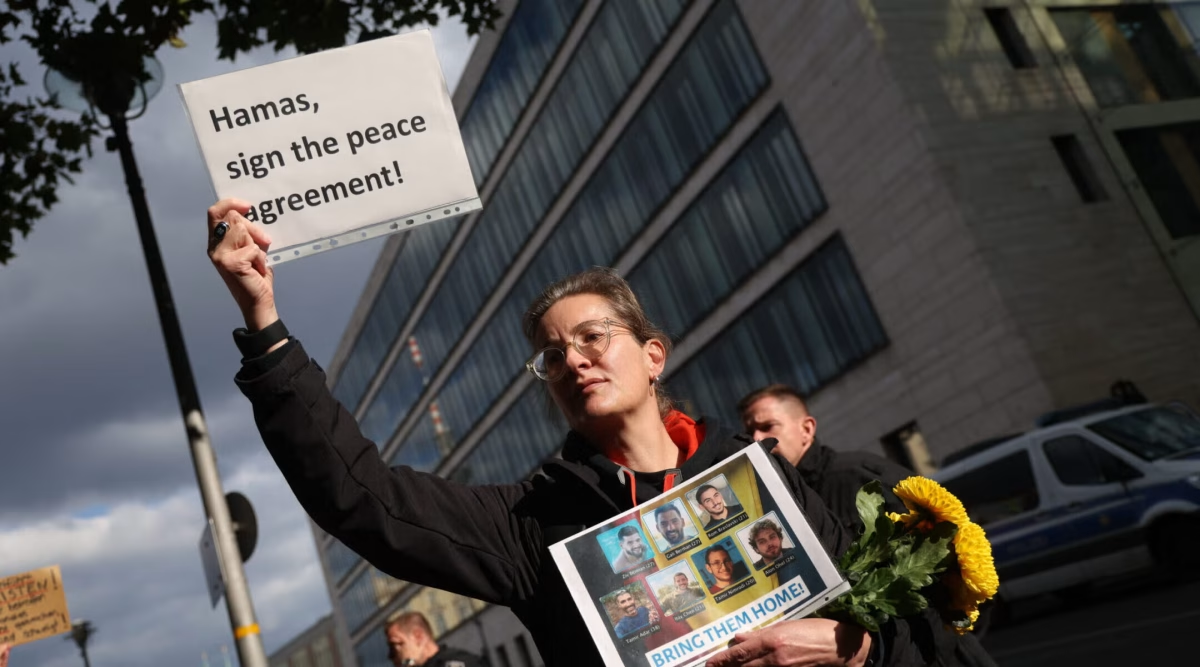ST. LOUIS — When Vera Emmons was growing up in suburban Chicago, the topic of family art treasures stolen by the Nazis was hardly at the forefront of her life.
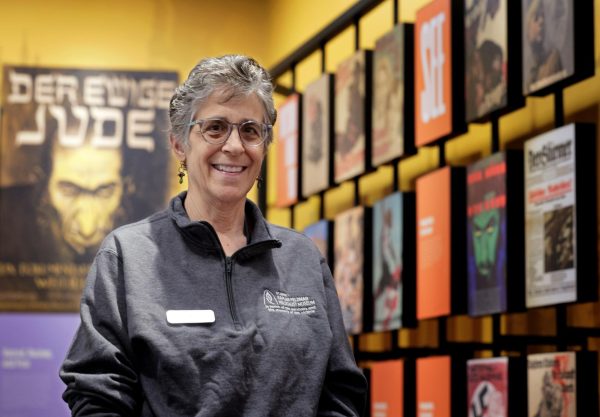
She knew her mother, Gerda Nothmann, had survived concentration camps and made it to the United States, rebuilding her life and letting people know what she had gone through in Germany. She knew her mother’s side of the family had been wealthy, with a big house that included art. That was about as far as it went.
“She always spoke about her experiences,” recalled Emmons, who now lives in St. Louis. “But I don’t remember anything about the art. There were other things that were more important, I guess.”
ADVERTISEMENT
In the Nazi years, art didn’t remain in the homes of Jewish families. The family of Emmons’ great-grandfather, Max Ginsberg, had made a fortune in textiles and he had acquired an extensive art collection, including an array of Islamic art. After the collection was seized, dozens of pieces were sold, with documentation and ownership details often lost, disregarded or both.
Now, Emmons is part of a growing effort by descendants worldwide to recover such pieces. Emmons, a volunteer at the St. Louis Kaplan Feldman Holocaust Museum, and her son, Nathan, a lawyer in Chicago, are in a dogged but often frustrating battle to track down artwork and determine legal routes.
The art collections of Max Ginsberg and others belonged to families that suffered dearly in the war years. Experts estimate that the Nazis stole more than 600,000 works of art from Jewish families during World War II. Although she knows the road is far from easy, Emmons says the families should recover what is rightfully theirs.
ADVERTISEMENT
“I don’t understand all of the rules about provenance,” she says. “I think the line is changing. But it was stolen from the family.”
For Nathan, the enterprise is a crash course in both art and law. It’s often daunting work that has him spending hours in libraries and trying to locate relatives.
“Sometimes I get really excited about thinking what we might find,” he said. “Another time I’m realistic and realize nothing is guaranteed that we’re going to ever really recover anything.”
Extensive array of art stolen by the Nazis
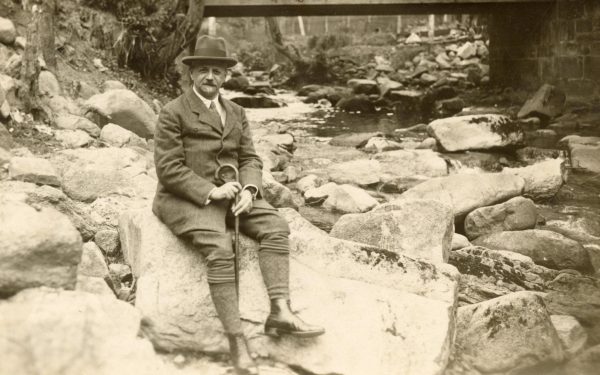
The case of the stolen art begins with Ginsberg, who was born in 1872 in Berlin. According to research by the State Museums in Berlin, he was a wealthy merchant who collected an extensive array of art. It included historic Islamic plates, bowls, urns, water jugs and other decorative pieces.
In 1923, he loaned an elaborately carved wooden board to the museum. (Nearly 100 years later, in 2021, it was rediscovered in a museum storeroom.)
In 1933, the museum put together an exhibition of Ginsberg’s artworks, which were later returned to the family. As late as 1936, he loaned some pieces to Switzerland. But what specifically was included, and what happened to the pieces afterward, is unclear.
Ginsberg died in 1938 of natural causes, and much of his family was subsequently killed in concentration camps. Under Nazi rule, more than 380 of the objects from his collection were put up for auction in London in 1939. Where they ended up remains murky.
Nothmann, Ginsberg’s granddaughter, survived the war after being sent to foster parents in Holland, where she lived under German occupation. Eventually she was rescued, then moved to Sweden before migrating to the United States in 1946. She met Charles Luner in 1952 and they were married the following year. They had two children, Vera and her sister Julie, and raised them in the Chicago area.
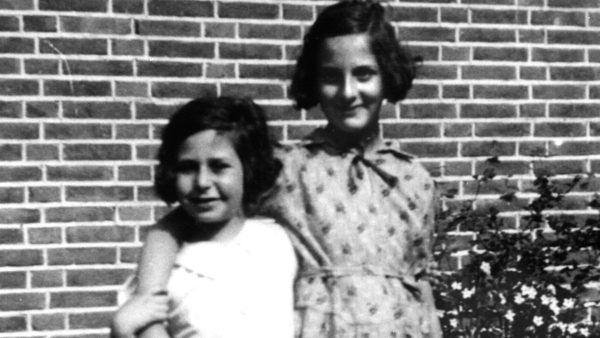
After the war, Nothmann typed her memories on 32 densely filled pieces of paper to let the world know of her experiences, realizing that other survivors had stories of their own. Following her death from cancer in 1999, her husband decided to publish her recollections as “Gerda’s Story: Memoir of a Holocaust Survivor.”
Though she tells her story in graphic detail, the memoir doesn’t mention the artwork collected by her grandfather or what may have happened to it. That story, and the scope of the Third Reich’s confiscation of art from Jewish families and others, began to attract attention in the years following the war, raising the issue of returning the valuable pieces to their rightful owners.
Luner, who is now 99 and still in the Chicago area, said his wife was “very upset” about the seizure of artwork, but it was hardly discussed in the years of their marriage. Still, he would like to see the restitution effort succeed.
“I think it is important to recover what belonged to the family,” Luner said.
Tracking down the art
In 1995, about 50 years after the end of World War II, countries in Europe announced details of a process to locate plundered art pieces and return them to families of the original owners. Three years later, 39 other nations pledged to help track down the stolen works of art.
That year also featured the Conference on Holocaust-Era Assets, co-hosted by the U.S. State Department and the U.S. Holocaust Memorial Museum in Washington, D.C. It led to guidelines that required museums to review the ownership history of items in their collections, with an emphasis on works that may have been seized from Jewish families and others. The German government established a database as a clearinghouse for identification of such items.
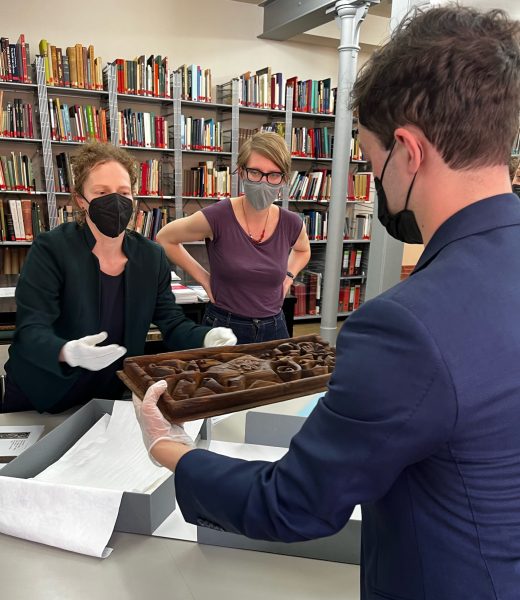
Governing the process of locating and returning stolen art were the so-called Washington Principles, the result of the 1998 conference. They directed nations to identify art that had been confiscated by the Nazis, publicize when such art was found, open records to facilitate return of stolen works and establish a registry to expedite returns, among other guidelines.
But as the descendants of Max Ginsberg are finding out, the road to recovery is long and convoluted, with little guarantee of success.
Olaf S. Ossmann knows that road well.
An attorney operating in Europe, Ossmann brings both experience and a realistic attitude to art searches, which he has been involved with since 1990. About three years ago, he got in touch with Nathan Emmons and his family, whom he had located through Dodi Reifenberg, an Israeli artist who had moved to Berlin and started researching the Ginsberg collection.
Ossmann inquired about working with the Emmons family, on two continents, to try to find some of the artworks that had belonged to Ginsberg.
“There is no such thing as a typical case in this field,” Ossmann said in an email. “As artwork is a very personal issue, the way to collect it and the way to lose it are different in every case. It also depended on the position of the owner before and during the Nazi period.
“In some cases, you have well-documented collections and papers from the pre-persecution, the persecution period and the after-war period, when families started to search for it … I have an idea of their story in general, but to research the ways their artwork went is still a separate topic.”
Part of the difficulty, he added, is the “very quiet and confidential” nature of the art market.
“Transfers are not really documented or registered like in real estate,” he wrote.
For the Ginsberg collection, Ossmann wrote, the primary obstacle is the fact that only 22 photos have been found of objects from a collection that once had nearly 400 pieces. That means objects have to be identified just by description, which is very difficult.
Another critical factor is where the artwork ended up.
“If it is in a public collection, this is good,” he wrote. “If we find the artwork in private hands or in countries not open for such solutions, prospects get worse and a solution depends on the pressure on the owners’ side to get rid of the claims to be able to sell it freely on the market.”
Regardless, the process of identifying artwork, making an ownership case and negotiating for its return can take years.
Nathan Emmons, noting how much more esoteric and convoluted the legal process is than what he is used to, puts it this way: “We’re trying to argue that, sure, it was sold, but it wasn’t a fair market sale. That’s a much more challenging case to bring when you’re already dealing in a universe where things aren’t as black and white as they normally are.”
Where is Joe Hill?
Part of the frustration is the international search for a long-lost relative who may or may not have been named Joe Hill and who may or may not have lived in Canada.
The Ginsberg estate was divided three ways, although Vera Emmons, her sister Julie and Vera’s three children are the only lineal descendants.
Hill, who was born Joseph Hirschland but changed his name when he made it to North America, belongs to another branch of the family and did not leave much of a trail. In the United States, Nathan Emmons can call county probate offices to track down wills. But Canadian laws are different.
“That’s sort of where we’ve hit this brick wall,” he said.
So the search is proceeding on parallel tracks. While Ossmann works in Europe, Nathan spends what time he has available looking on this side of the Atlantic.
“Today I’m going to go to the library and do some more searching on Ancestry,” he said. “Usually every couple of months, I try to go spend an hour and try to find these anonymous Canadians. Every quarter, I spend an hour getting frustrated with it and then I sort of put it on the backburner again.”
The quest to find Ginsberg’s art has all of the elements of the 2014 film “The Monuments Men,” but on a smaller, familial scale. That personal aspect is what keeps Nathan and Vera Emmons engaged.
“The balance between the justice and pursuing what’s right and also just the realities of what it takes to achieve justice,” Nathan said, “is a sort of a universal feeling of the fire of wanting to do what’s right with the more sober reality of how hard it is to do — seeing something that should happen and how hard it can be to get there.”
His mother also sees the balance, and she’s realistic about the odds of reclaiming her family’s artwork.
“It’s a tricky business,” she said. “It might be serendipity, but it would be nice. It affects lives. It was ours, and it was stolen.”
For more information about the River City Journalism Fund, which seeks to support journalism in St. Louis, go to rcjf.org.






